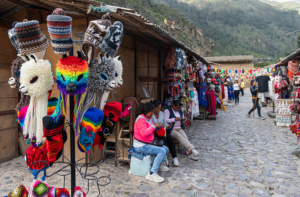 Peru created its national brand, “Marca Perú,” in 2011. PromPerú and the Peruvian Ministry of Tourism launched the initiative to promote the country’s global image. Its objectives include promoting Peruvian products, attracting foreign investment and boosting tourism. Machu Picchu, located in Cusco, became a central feature of this strategy, as one of the New Seven Wonders of the World. The campaign led to results beyond initial expectations, including new business creation and long-term poverty reduction in the region. As 2025 approaches, Marca Perú aims to replicate Cusco’s success by decentralizing tourism across the country to support development in other regions.
Peru created its national brand, “Marca Perú,” in 2011. PromPerú and the Peruvian Ministry of Tourism launched the initiative to promote the country’s global image. Its objectives include promoting Peruvian products, attracting foreign investment and boosting tourism. Machu Picchu, located in Cusco, became a central feature of this strategy, as one of the New Seven Wonders of the World. The campaign led to results beyond initial expectations, including new business creation and long-term poverty reduction in the region. As 2025 approaches, Marca Perú aims to replicate Cusco’s success by decentralizing tourism across the country to support development in other regions.
Success in Machu Picchu
Peruvian Society of Foreign Commerce (COMEXPERU) reported that Cusco had a poverty rate of 63.8%, which dropped to 21.6% by 2022. While other sectors, such as mining, played a role, tourism significantly contributed to local job creation. Jobs emerged around the capital and the route to Machu Picchu—from restaurants and lodges to craft shops and guiding services. The Peruvian government expanded its international promotion efforts, placing Machu Picchu at the center of its campaigns.
Research by the University of Girona in Spain found a direct link between PromPerú’s tourism promotion and job creation in Cusco, contributing to the province’s development. Since the brand’s launch, Machu Picchu has been featured in major advertising, including the 2012 launch video and targeted campaigns for specific regions such as Japan. A prominent example of this visibility includes Machu Picchu’s placement on welcome signs at Jorge Chávez International Airport.
While local management of funds remains a concern, data suggests tourism played a key role in Cusco’s recent poverty reduction. In 2024, the Ministry of Tourism reported that 2.9 million international visitors arrived in Peru. Of those, nearly 1 million visited Machu Picchu, which attracted twice as many tourists as the second most-visited site, Ollantaytambo.
Peru’s Plan to Decentralize Tourism
To spread the benefits of tourism more widely, Peru is pursuing decentralization through efforts led by both the government and Marca Perú.
- Government Initiatives. The Peruvian government has started developing eight cableway lines to reach remote destinations. Kuélap, a fortress in the Cusco region known for its historical significance, is one such line. The improved access allows tourists to experience the site more easily. In addition, the government is offering special credit and loans to small businesses in the tourism sector—such as artisans, hostels, restaurants and guides. These loans offer low interest rates and flexible repayment to support small enterprises in underserved regions. The Ministry of Commerce also launched “Pueblos con Encanto” (Towns with Charm), a program promoting lesser-known towns like Oyantaytambo, Oxapampa and Sibaya. The initiative encourages the development of tourism in welcoming but under-visited areas.
- Marca Perú Campaigns. Marca Perú introduced the “Peru Wow” campaign to showcase destinations and gastronomy across the country. The campaign targets international audiences in the United States (U.S.), Spain, Mexico, Germany and France, reaching an estimated 61.6 million people. A promotional video featuring astronauts aired in Times Square, showcasing Peru’s diversity to a global audience. The second campaign, “Perú, País de Dones Infinitos” (Peru, Country of Infinite Gifts), promotes national pride and cultural identity among Peruvians. The goal is to encourage domestic tourism and inspire Peruvians to share the richness of their heritage. The campaign features testimonials and short videos on social media platforms.
Expanding to New Destinations
To reduce poverty beyond Cusco, Marca Perú now promotes tourism in lesser-known but culturally and environmentally rich regions.
- Huacachina. Known as the only natural oasis in the region, Huacachina supports several resorts and relies on tourism for local income. Many tourists visit nearby Ica before or after their stay.
- Nazca Lines. Although a UNESCO World Heritage Site, the Nazca Lines receive fewer tourists than Machu Picchu. The town benefits from visits to its hostels, restaurants and tour services. Small aircraft offer aerial views while preserving the fragile geoglyphs.
- Titicaca Lake. Located in Puno, the fourth poorest region in Peru, Lake Titicaca supports ecotourism initiatives. Despite harsh climates and high elevation, tourism generates income for accommodations, food services and guides in the region.
- Chan Chan. Located near Trujillo, Chan Chan is the largest mud brick city in the Americas. Tourism to this archaeological site stimulates local businesses and raises regional awareness.
Moving Forward
Cusco reveals that tourism can help reduce poverty when paired with inclusive economic planning. Peru continues to develop infrastructure, promote destinations globally and foster local entrepreneurship. Decentralizing tourism could open new opportunities in high-poverty regions like Puno, where 41.6% of the population lives in poverty. A traveler’s next visit could contribute directly to sustainable development in these communities, highlighting how tourism can reduce poverty.
– Luis Felipe Rios
Luis is based in Miami, FL, USA and focuses on Global Health and Politics for The Borgen Project.
Photo: Flickr
 The Ha Giang loop is one of the jewels in the crown of exciting activities available to travellers visiting Southeast Asia. The Ha Giang Loop provides an unforgettable and intimate glimpse into the largely untouched
The Ha Giang loop is one of the jewels in the crown of exciting activities available to travellers visiting Southeast Asia. The Ha Giang Loop provides an unforgettable and intimate glimpse into the largely untouched 
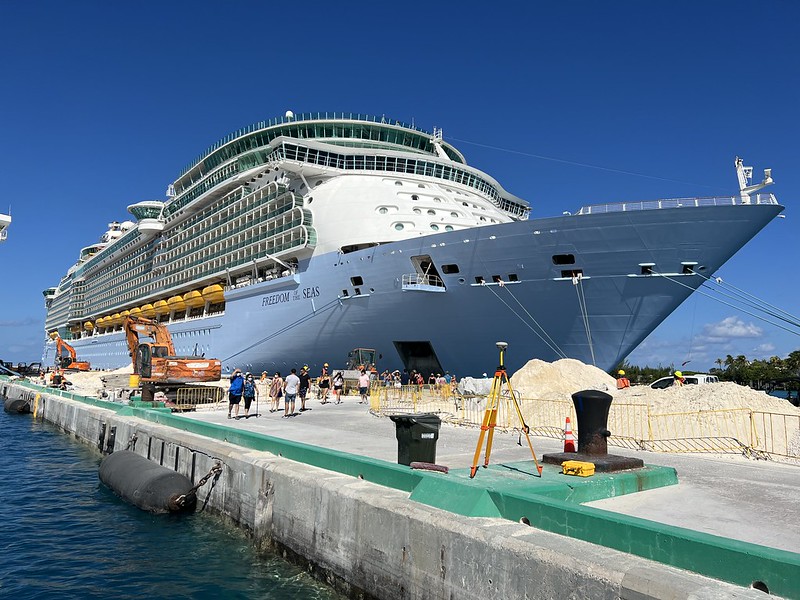 Despite the Caribbean tourism industry contributing
Despite the Caribbean tourism industry contributing  The
The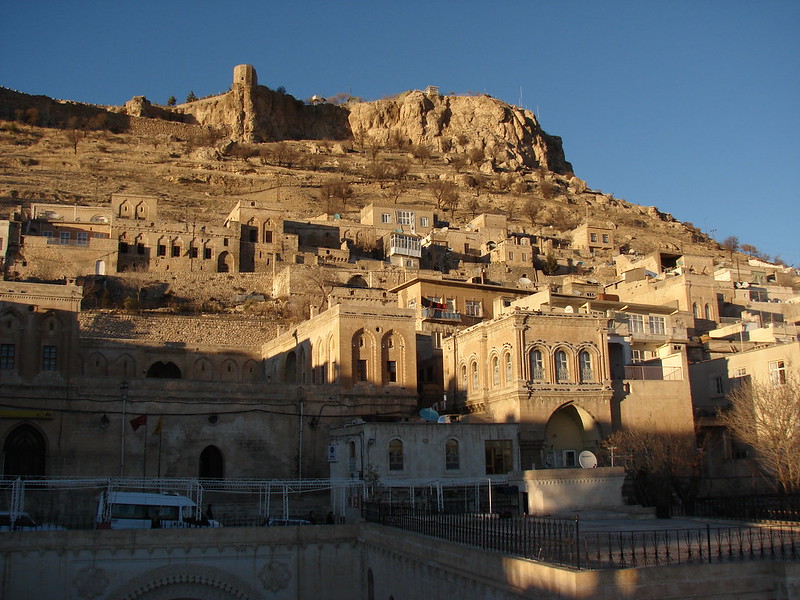 The southeastern regions of Turkey face significant challenges as
The southeastern regions of Turkey face significant challenges as 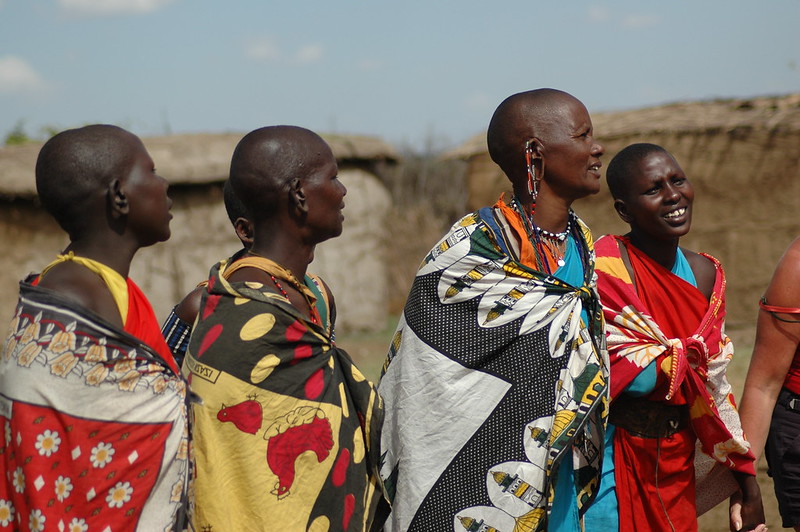
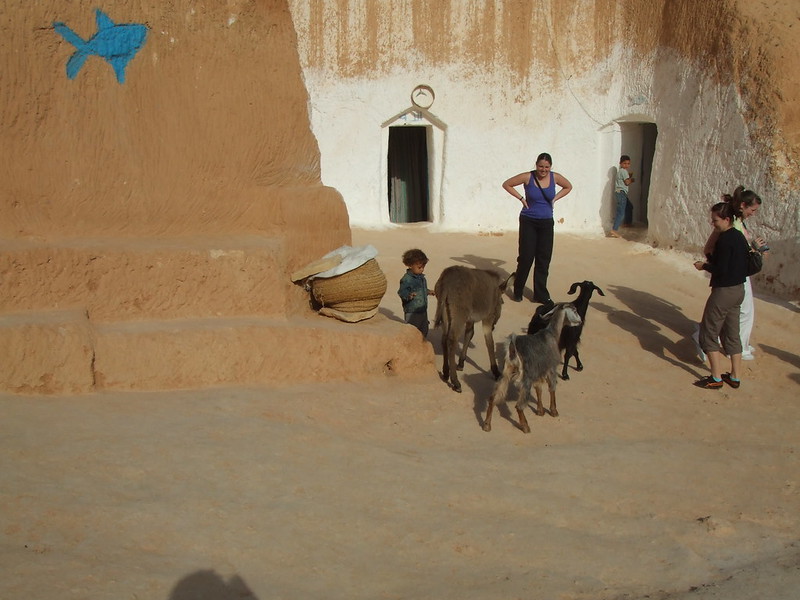 Historic troglodyte homes,
Historic troglodyte homes, 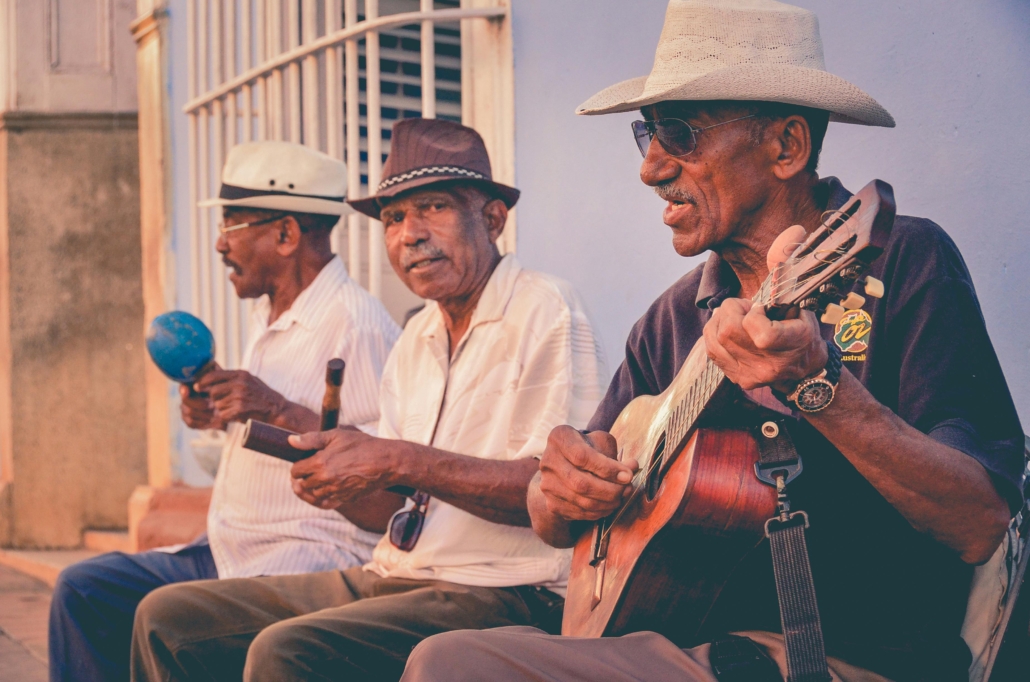
 Ghana, known for its vibrant culture and historical significance, faces the dual challenge of
Ghana, known for its vibrant culture and historical significance, faces the dual challenge of 